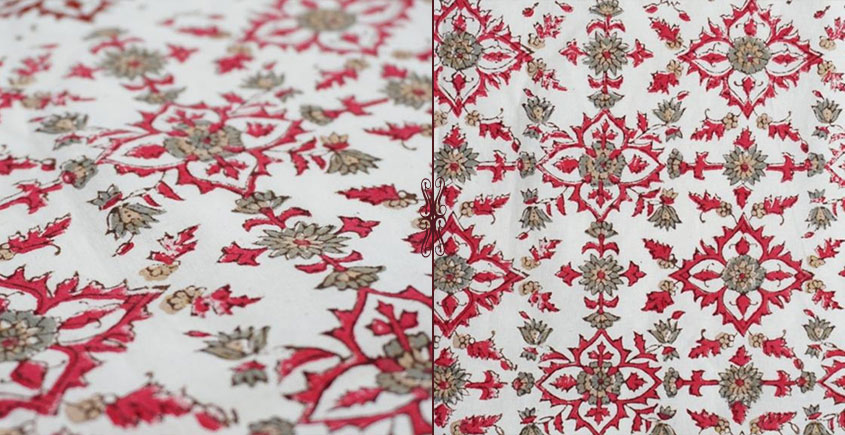Silver jewellery is a solid or thhos jewellery which is worn by different communities of Rajasthan. This is made out of high grade silver that serves as an investment which can be readily redeemed at any village saraf /jeweller for cash. This jewellery is not easily misplaced as the weight acts as a reminder for the presence of the item. Apart from ornamentation, it also serves various other purposes to different communities. The quarter kilo kada worn by Gujjar men acts as a weapon and protects from threats. A Gujjar woman wears taqri below her waist to benefit her health. Silver jewellery helps in distinguishing people based on their caste, social and marital status at various gatherings such as animal fairs and other religious festivals. Chitki is a toe ring worn by a married woman while the flexible armband, bajuband, made of vertical interlocking units of silver that are corded together with a drawstring indicates that the wearer belongs to the Jat or Mina communities of Shekhawati.
Thappa or die are used to shape the elements of jewellery. These dies are made with brass or iron by the artisans of Nagaur in Loharpura. Various other tools such as chugga /pliers, jambur /tongs, katodi/ wire cutter, tanka /solder, jantri /drawplate, sammani or chimti /tweezers, vesa /mallet, sumba /tool with round edges, moos /crucible and a dhingra /grooved blocks of babul wood are used for making fine silver jewellery. The artisans also use naap ka kathiya / cutter with measurements to measure accurately.
The Rabari women adorn their heads with rakhri, borla and tikka, while for neck hansli and jantar are used. Hatpuri is worn on arm while the hathphool adorns hand and kandora the waist. Bangles known as churi and bangri locally are also worn with bajuband / an armlet.
Gallery
YOUR VIEWS
PRACTITIONERS: INDIA
Access 70,000+ practitioners in 2500+ crafts across India.
BIBLIOGRAPHY
10,000+ listings on arts, crafts, design, heritage, culture etc.
GLOSSARY
Rich and often unfamiliar vocabulary of crafts and textiles.
SHOP at India InCH
Needs to be written.






